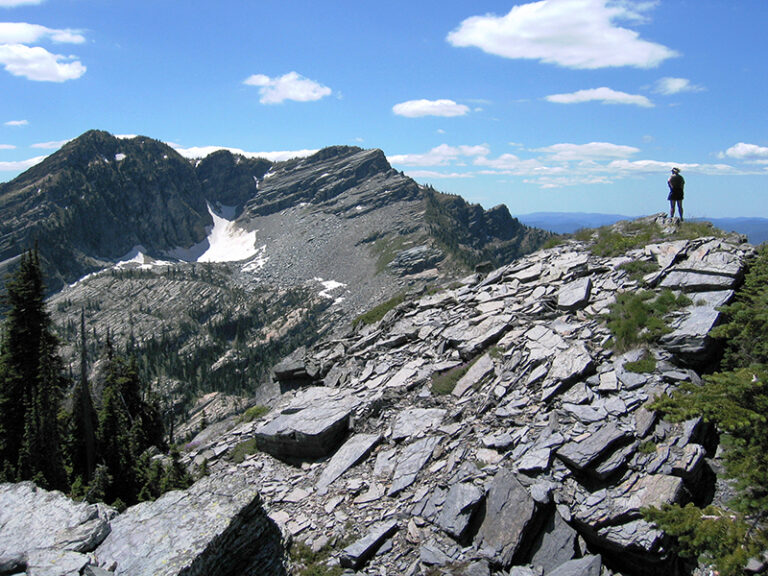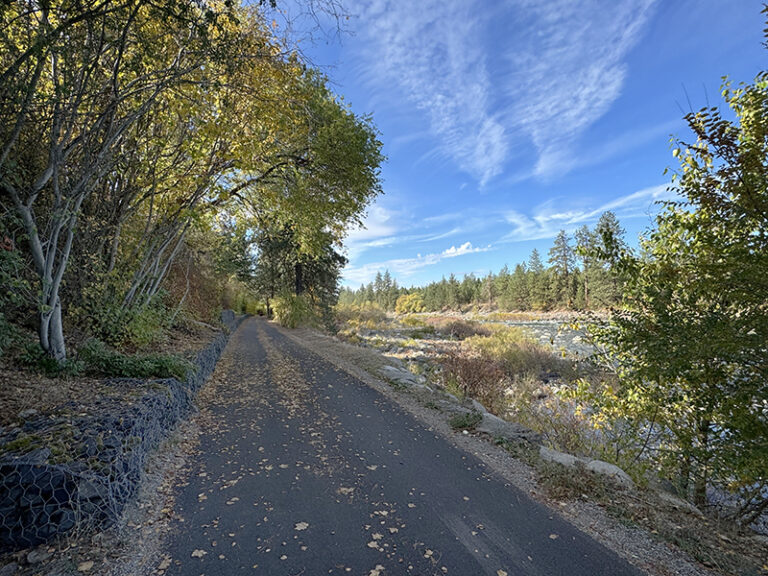Dead Lucky: Life After Death on Mount Everest
Lincoln Hall
Tarcher/Penguin, 2008, 294 pages
While not quite Lazarus, Lincoln Hall is a “resurrected” veteran mountain climber from Australia who was left for dead on Mount Everest by three Sherpa members of his expedition team on May 25, 2006. Hall—age 50 at the time of his second Everest summit attempt—had high-altitude cerebral edema and was combative and finally unresponsive with the Sherpas assisting him. Eventually, they were ordered by their expedition leader to leave the unconscious Hall and descend for their own survival.
Declared dead by the expedition leader, the global media as well as Hall’s wife and two teenage sons received news of his demise. But his story didn’t end there, of course, which is what makes this memoir such a riveting read.
The morning of May 26, an American climbing guide—Dan Mazur from Olympia, Washington—his two clients and a Sherpa found Hall alive. They sacrificed their own summit bid to care for Hall while waiting for his base camp rescue team to arrive. As Hall describes in his book, the descent with two abusive Sherpas was just as dangerous.
Hall’s well-written first-person chronicle offers observations and edema-induced hallucinogenic memories, as well as contemplative reflection on the psychological, emotional and mental aspects of his near- survival and near-death experience.
Even though there was great weather during the 2006 Everest season, eleven climbers died. But Hall doesn’t consider himself stronger or more extraordinary than those who didn’t survive. Rather, he examines the Everest climber mindset and what factors—attitude and meditation (Hall is a longtime student of Tibetan Buddhism)—contributed to his “lucky” ability to live through a night in the “death zone.”
Lincoln Hall completes his North American book tour with two events in Seattle—June 10 at REI and June 11 at the University Bookstore (7 p.m. start time for both).
Amy S. McCaffree
Dark Summit
Nick Heil
Henry Holt and Company, 2008, 251 pages
Dark Summit by Nick Heil delves into the most controversial Everest climbing season ever and investigates nearly a dozen gripping and traumatic stories. Nick unravels the events and the arguments that surrounded not one, but multiple, divisive deaths. These tragedies intermingle with two impossible rescues that in turn only heighten the discord within the mountaineering community.
Writing anything reasonably insightful about Mount Everest takes a great deal of wit and finesse. Too many clever people have tried and failed, and in doing so they muddy up most Everest books. To make matters worse, the majority of recent Everest books increasingly involve “I was on that expedition too and this is the true story”. Heil wisely foregoes the assumption that everyone has read Into Thin Air, in which case the reader does not even need to know much about the Everest in order to appreciate the adventure found there.
Truth be told, Dark Summit capitalizes on some unique conditions from the 2006 season including crazy web and print media coverage worldwide, a cable television documentary, as well as the swelling unrest in that part of the world. At the start of it all, Nick was on assignment for Outside Magazine for some feature articles, web content, and perhaps a few big interviews. However, he couldn’t have forecast this much turmoil with an oxygen mask attached to a crystal ball.
Most of the key characters are introduced in advance, but because the book is primarily about the events and their inherent dilemmas, it stays evenly paced from beginning to end. Dark Summit, similar to climbing Everest itself, acclimatizes the reader through greater and greater detail the further the season progresses. Hypothermia and frostbite are explained. Everest rock features, Sherpa bad habits, even international guiding quandaries are revealed as the book probes further and higher.
Nick Heil exhibits a great deal of wit and finesse to capture and contain all that happened that year, and he takes an honest look at how the ultimate mountaineering prize might be escalating out of control.
Jon Jonckers
Under a Green Sky
Peter D. Ward, PhD
Smithsonian Books / Collins, 2007, 242 pages
Sometime in the next century inhabitants of earth may awaken to pale green skies. The color shift brought on by a dramatic increase in atmospheric carbon dioxide and high altitude haze resulting from increasing temperatures on the planet. In Under a Green Sky, author Ward explores both the causes of and impacts from today’s rapid increase in our planets atmospheric carbon dioxide concentration.
Examining the role of atmospheric carbon dioxide in several prehistoric mass extinctions, Ward postulates the impact of the current upward trend in carbon dioxide on earth’s present populations.
Several elements in the book stand out. First is its readability. Ward handles complex technical ideas, like isotope ratios and oceanic conveyor currents, in a way that the average reader will comprehend. The one shortfall of the book’s technical coverage is the presumption that the reader is familiar with the geologic timescale. The book needs a summary of that timescale. Second, you will travel with the author on numerous paleontologic and geologic explorations to remote parts of the planet searching for answers to questions about the earth’s many mass extinctions. Finally, you will learn why the atmospheric changes we see today are different from those of the past.
One learns that the absolute magnitude of the atmosphere’s carbon dioxide level is less important than the rate of change. In the prehistoric past, before the planets carbon dioxide was incorporated in the coal, oil and gas we are burning today, carbon dioxide levels were ten times what they are now. The extinctions Ward describes were triggered by carbon dioxide induced temperature increases of a few degrees in a few millennia or tens of millennia. Today, we see the same temperature change occurring in decades.
Through Ward’s book, the reader will come to understand the complex interrelationship between the atmosphere ocean currents and life on earth. Enlighten yourself on the complexities of climate impacts. Gain a modicum of hope by learning some ways to slow the change, read Under a Green Sky.
Stan Miller













